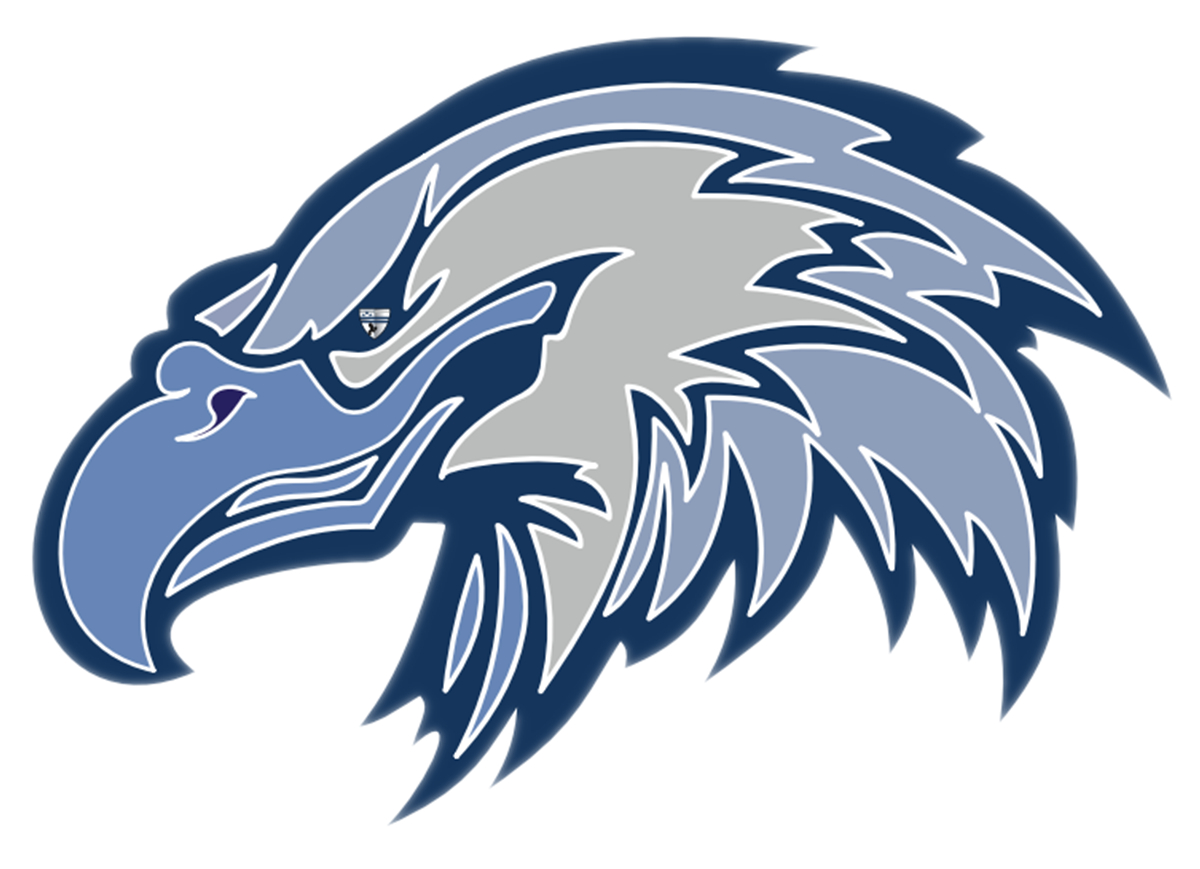K-7 Dyslexia Interventions
-Instant words will be given daily and in different variations (flashcards, columns, rows, and phrases/sentences).
-Students will need to take them home to practice.
-Students can practice by reading a set of instant words daily or set a timer for 30 seconds and track how many can be read.
Each student in our dyslexia interventions is in a color-coded group. This is my way to keep track of how students are progressing through lessons and how you as parents can determine what your student is working on weekly. Below you will find each color-coded group and the focus for the week. On the first day of school, students will learn which colored group they are assigned to.
Group Activites
Week of September 30-October 4, 2024
PURPLE:
This week our focuse will be short vowel sound (o). We will learn that when o is in the initial or medial position of a word and a consonant follows it, o will be read as (o). This sound can be heard in words like odd, pot, and dog.
In addition to short vowel (o), we will review digraphs. We know that digraphs are two letters that work together that make one sound. Our new digraph will be digraph ng. Digraph ng can be found at the end of words like bang, hang, and wing. We will learn that whenever we see digraph ng, digraph ng will make the sound (ng). We will learn that the sound will be produced from the nose and we will call it a back nasal. We will learn how to correctly code and read words that have digraph ng.
In addition to digraph ng, we will look at the letter n followed by the (k) sound. Whenever n is followed by (k), n will make the sound (ng) as well. This can be heard in words like pink, think, and wink. We will learn how to correctly code and read words that have n(k) spelling.
ORANGE:
This week our focus will be digraph sh. Digraph sh can be found in words like shut, shop, and cash. We will learn that whenever we hear the sound (sh), it will be spelled with the digraph sh. We will learn how to correctly code and read words that have the digraph sh.
In addition to digraph sh, we will take a look at syllable division. We will learn that in order to be a syllable, you must have at least one vowel sound. We will learn how to correctly divide words into syllables. The first syllable division pattern that we will learn is VCCV. With this syllable division pattern, we will divide our word between the two consonants. This will make the vowel in the first syllable short and we will accent it. This particular syllable division pattern can be found in words like napkin, combat, and bandit. We will practice, identifying the syllable division pattern, dividing the word correctly, accenting, coding, and reading multiple words with VCCV syllable division.
GREEN:
This week our focus will be digraph oo. Digraph oo can make two different sounds. We will learn that whenever we see the digraph oo, in words like look, hood, and foot, the digraph oo will make the short digraph oo sound, (oo). We will also learn that whenever we see the digraph oo, in words like food, boom, and zoo, the digraph oo will make the long digraph oo sound (oo). We will learn how to correctly produce both sounds, as well as correctly code and read words that have the digraph oo.
In addition to digraph oo, we will take another digraph. We will look at digraph sh. Digraph sh can be found in words like shut, shop, and cash. We will learn that whenever we hear the sound (sh), it will be spelled with the digraph sh. We will learn how to correctly code and read words that have the digraph sh.
RED:
This week we will focus on syllable division. We have learned a few different syllable division patterns in previous lessons (VCCV and VCV) as well as different ways to divide them. Our syllable division pattern for this week will be VCCCV. We will learn to divide VCCCV words AFTER the FIRST consonant, leaving the vowel in the first syllable short and coding it with a breve. We will also learn that with this division pattern, the first syllable will be accented. This pattern can be found in words such as lobster, hundred, and instant. We will also look at the VCCCV syllable division pattern where we will divide the word AFTER the SECOND consonant. The vowel in the first syllable will be short and we will code it with breve. The first syllable in this syllable division pattern will be accented as well. This pattern can be found in words such as pumpkin, empty, and ointment.
PINK:
This week our focus will be reviewing combination ar and combination or. We have seen combination ar and combination or in previous lessons making their respective sounds (ar) and (or). This time, combination ar and combination or will be in the unaccented position of the word and will make the bossy R sound (er). This can be seen and read in words like mustard, collar, doctor, tractor, or splendor.
BLUE:
This week our focus will be combination wh. We will learn that a combination is 2 adjacent letters that combine 2 sounds in the same syllable. When this happens, an unexpected sound occurs. With combination wh, we will hear (h)(w). Combination wh can be found in words like whip, while, and whale. We will learn how to correctly code and read words with combination wh.
In addition to combination wh, we will take a look at Final Stable Syllables (FSS). A FSS is found at the end of words, has a specfic spelling pattern and the syllable before it is accented. In previous lessons we focused on FFS [Cle. We will continue to look at words that have FSS [Cle spelling, but also have digraphs in the middle such as angle, pickle, jungle, and tackle. We will learn to ignore the digraph in order to read the words accurately. We will how to correctly code and read words that have FSS [Cle.
YELLOW:
This week our focus will be root words. We will discover that a root word is a word or word part that carries meaning and provides base (base word) for an affix. We will look at the root word -mit/mis-. We will learn that the root word -mit/mis- means to send. The root word -mit/mis- can be found in words like transmit, remit, dismiss, or missionary.
We will also look at the prefix pro-. We will learn the prefix pro-, which is found at the beginning of words like promoted and prorate. We will learn that the prefix pro- means forward or before.
The Week of October 7-11 , 2024
Check back for more information

